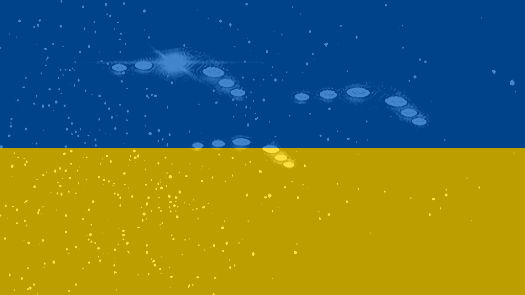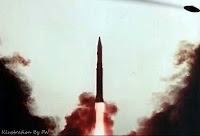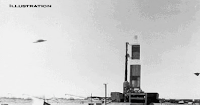| NASA commissioned a research team to study Unidentified Aerial Phenomena (UAP), observations of events that cannot scientifically be identified as known natural phenomena. The Main Astronomical Observatory of NAS of Ukraine conducts an independent study of UAP also. For UAP observations, we used two meteor stations installed in Kyiv and in the Vinarivka village in the south of the Kyiv region. Observations were performed with colour video cameras in the daytime sky. We have |
By B.E. Zhilyaev, V. N. Petukhov, V. M. Reshetnyk
Main Astronomical Observatory, NAS of Ukraine 8-23-22 |
a UFO, UAP News aggregator, featuring both current and historic reports, articles, sightings, interviews, and videos
Pages
- AARO
- AATIP
- Aliens
- Abductions
- CIA
- Chronicles
- Congress
- Crashes
- Documentaries
- DoD
- Flying Discs
- Flying Saucers
- Hoaxes
- IFOs
- Interviews
- MUFON
- My UFO Experience
- NASA
- Nimitz UFO Incident
- Orbs
- Pentagon UFO Program
- Photos
- Project Blue Book
- Project Grudge
- Radio
- Reports
- Roswell
- UAP
- Reader Reports
- UFOs
- UFOs & Nukes
- Videos
Saturday, September 17, 2022
Multiple UFOs Reported Over Ukraine By Astronomical Observatory
Subscribe to:
Post Comments
(
Atom
)




No comments :
Post a Comment
Dear Reader/Contributor,
Your input is greatly appreciated, and coveted; however, blatant mis-use of this site's bandwidth will not be tolerated (e.g., SPAM, non-related links, etc).
Additionally, healthy debate is invited; however, ad hominem and or vitriolic attacks will not be published, nor will "anonymous" criticisms. Please keep your arguments/comments to the issues and subject matter of this article and present them with civility and proper decorum. -FW